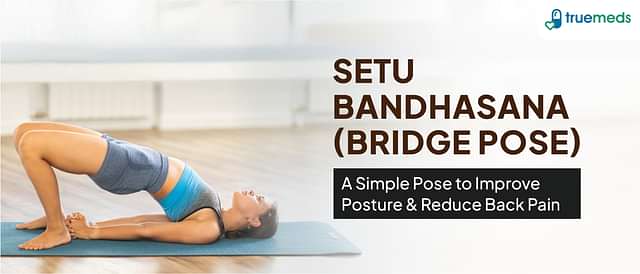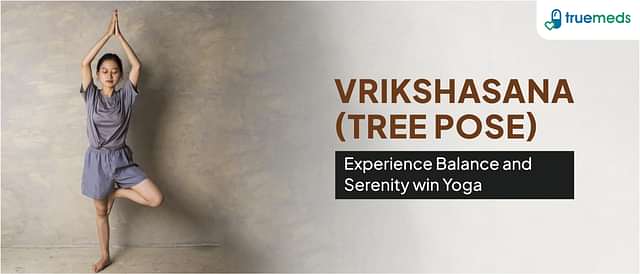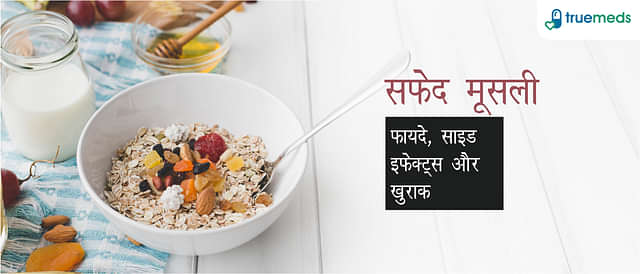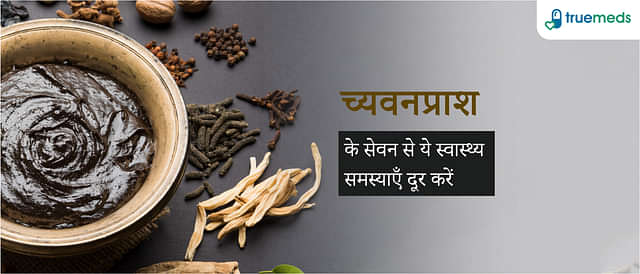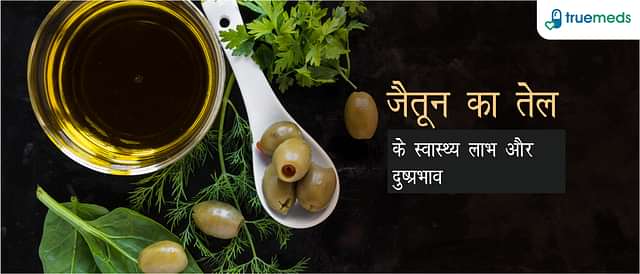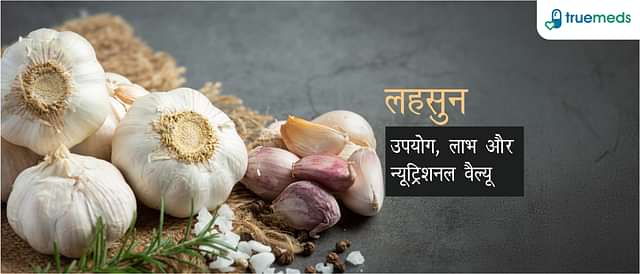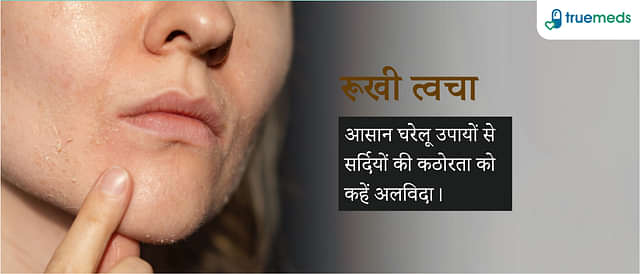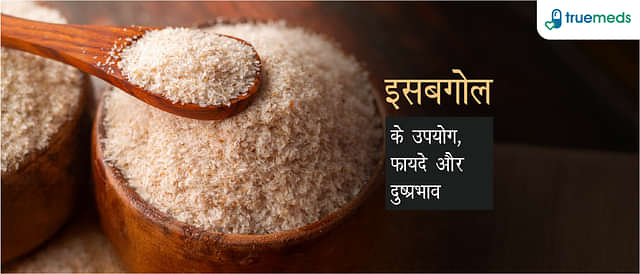6 Yoga Poses to Kickstart Your Morning Routine
Last updated on : 26 Feb, 2025
Read time : 6 min
A healthy body and mind are crucial for sustaining in this world. In our busy routine, it is difficult for most of us to find time to do what we like the most. Most of the time, exercise is our last priority. If you cannot go to the gym, squeeze in some time for yoga as a morning routine. Some studies suggest that consistent morning exercise routines are beneficial in weight management in obese people. Another study that involved women showed that morning exercise reduced abdominal fat and blood pressure.
Yoga brings about harmony between body, mind and soul. Including yoga in daily routine makes a person more disciplined and focused. Hence, yoga is being practised as part of a healthy lifestyle across the globe. Not only can yoga improve your flexibility and increase your strength, but it can also improve your energy levels, reduce stress and anxiety, and aid in weight management.
Here are Six poses to kickstart your morning routine –
1. Child Pose
Child pose helps to manage stress, relaxes the nervous system and regulates blood pressure. The child pose in yoga, also known as Balasana, is a forward fold pose. Balasana yoga stretches the back muscles, the front of your thigh, gluteal muscles (buttocks) and ankles. It also relieves the symptoms of headaches, migraine or Premenstrual syndrome (PMS). Another benefit of balasana is that it stimulates digestion and elimination.
How to do Child’s Pose:
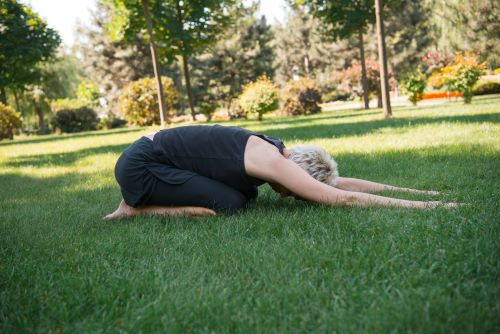
- Kneel down and sit on your knees.
- Lean forward, resting your buttocks on your heels. Try to relax your forehead on the floor.
- Move your arms next to your legs, palms facing up.
- Inhale and exhale, slowly and deeply, till the count of at least eight breaths.
Contraindication – Latest or old injury to the knees.
2. Happy Baby pose
The Happy Baby pose is an excellent relaxation activity for the back and opens up the hips, shoulders, and chest. It is a moderate stretch for the hamstrings, inner thigh, and inner groin. The happy baby pose is also known as Ananda Balasana in Sanskrit.
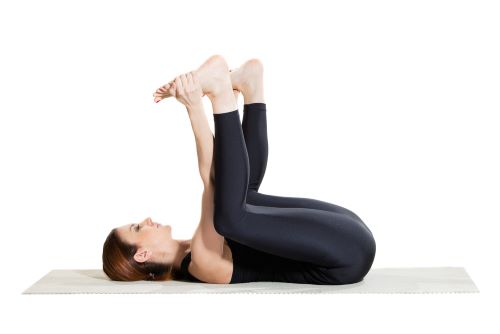
How to do Happy Baby Pose:
- Lie on your back with your knees close to your chest.
- Take hold of the inside or outside of your feet as you inhale.
- Open the knees wider than your torso, then bring your knees towards the floor next to the armpits.
- Place your ankles directly over your knees (90° angle).
- Flex through your heels while softly putting your feet into your palms and pulling your hands down to produce resistance.
- Hold for 30 to 60 seconds or 4-8 breaths.
- Gently place your feet back onto the floor when you want to come out of the pose. Exhale while doing so.
Contraindications – Recent or ongoing injury or inflammation to the legs, shoulders or neck.
3. Cobra Pose or bhujangasana
Cobra pose or Bhujangasana is a backward bend pose. Bhujangasana relieves lower back pain and strengthens the abdomen, shoulder, arms and back. It is beneficial in reducing tiredness and uplifts energy levels. It counteracts slouching. It improves blood circulation. It is helpful for asthmatic patients.
How to do Cobra pose:
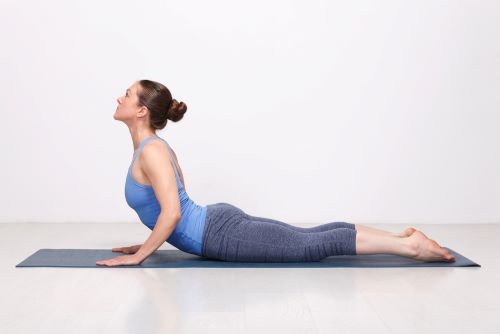
- Be on your stomach with your feet and legs flat on the floor with soles facing outside. Place your forehead on the ground.
- Place your palms on the ground directly under your shoulders. Place your elbows straight back and parallel to your torso (upper body) on your sides.
- Breathe in as you lift your chest off the floor. Roll your shoulders back and keep your navel point on the floor. Ensure that you put equal pressure on both palms.
- Keep this pose for 4-5 breaths.
- As you release from this pose, exhale and bring back your body chest, head and abdomen on the ground.
Contraindications – Recent or ongoing injury or inflammation to the legs and knees.
4. Chair pose
The chair pose, known as Utkatasana in Sanskrit, improves balance. The Chair Pose strengthens your legs, lower back, and shoulders. This move will also tone your legs, thighs, ankle and knees.
How to do chair yoga pose:
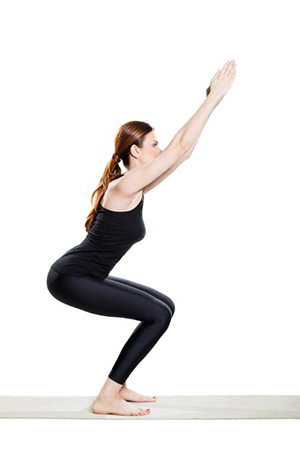
- Stand with your feet slightly apart and inhale, extending your arms directly overhead.
- Bend the knees and gently push your pelvis down as if you are sitting in an imaginary chair.
- Exhale, sit on your hips and bend your knees (just like sitting in a chair). Stop when your thighs and hands should be aligned with the floor.
- Keep your shoulders down and back, and press your hips toward the ground. Breathe here.
- Stay for 30 seconds to a minute or 5- 10 breaths. Straighten your knees with inhalation to come out of this pose, lifting intensely through your arms.
Contraindications– Recent or latest knee or ankle injury. Be careful while performing during menstruation.
5. Boat pose
The boat pose is a seated pose, also known as naukasana. It strengthens the back and abdominal muscles. It strengthens thigh and arm muscles. It also improves posture and relieves fatigue.
How to do boat pose:
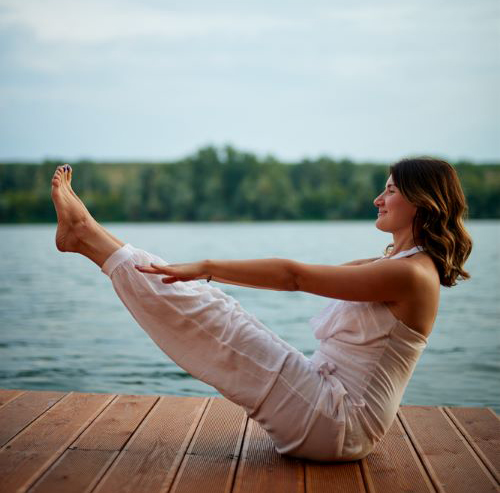
- Lie on your back, arms placed beside your body. Keep your feet together.
- Inhale at first, and as you exhale, lift your chest and feet off the ground as you breathe out.
- Stretch your arms towards your feet.
- Stop when your thighs are at a 45-degree angle to the ground.
- Extend your legs if possible.
- Your eyes, fingers, tips and toes should be straight.
- When your abdominal muscles tighten, you should feel the tension in the area around your navel.
- Breathe profoundly and efficiently while maintaining the pose.
- As you exhale, slowly return to the ground and relax.
Contraindications – Those with a spine problem, high blood pressure and asthma should avoid doing this pose.
6. Garland pose or malasana
Garland pose or malasana enhances blood circulation in the pelvis. Malasana makes better balance and concentration. Malasana is particularly advantageous for pregnant women, as it can aid childbirth.
How to do garland pose or malasana:
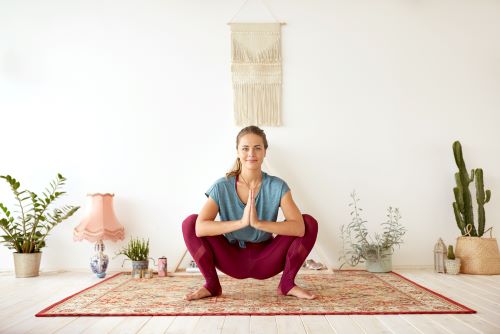
- Do a complete squat down and bring your feet as close together as you can get them.
- Let your chest fall between your legs, and press your elbows against your knees. Put your hands together like this:
- Keep your tailbone down and your chest up by using the resistance of your knees.
Contraindication – Those with knee, hip, ankle or back injuries should avoid performing this pose.
Also Read : Ashtanga Yoga: Its Benefits, Types & Steps
Conclusion
Yoga is an art of living. It brings a spiritual and physical balance to our bodies. The yoga poses mentioned above strengthen the back and legs, enhance blood circulation and improve concentration. Yoga is known for disease prevention, health promotion, and management of many lifestyle disorders. Yoga and a proper diet can make your body as healthy as ever.
Disclaimer: This content, including advice and medicines, provides generic information only. It is in no way a substitute for a qualified medical opinion. Always consult a specialist or your doctor for more details.
Disclaimer
Our healthcare experts have carefully reviewed and compiled the information presented here to ensure accuracy and trustworthiness. It is important to note that this information serves as a general overview of the topic and is for informational purposes only. It is not intended to diagnose, prevent, or cure any health problem. This page does not establish a doctor-patient relationship, nor does it replace the advice or consultation of a registered medical practitioner. We recommend seeking guidance from your registered medical practitioner for any questions or concerns regarding your medical condition.
Popular Articles
Recommended Articles
Recent Articles
Top-Selling Medicines:
...View more
Top-Selling OTC:
...View more
Subscribe
Registered Office Address
Grievance Officer
Download Truemeds

Contact Us
Our customer representative team is available 7 days a week from 9 am - 9 pm.
v3.7.5
Our Payment Partners










